Your outdoor space doesn’t have to be expensive to transform. You can improve the look and functionality of your yard and make it a more pleasurable place to live, entertain, and unwind by concentrating on imaginative yet reasonably priced renovations.
Your yard’s appearance and feel can be updated with do-it-yourself projects like installing garden edging, updating outdoor furniture, or adding lighting, which will improve both its usability and appearance.
There are lots of inexpensive ways to design a comfortable hideaway or vibrant gathering space.

Benefits of Creative and Affordable Updates
Putting money into inexpensive yard upgrades can raise the value of a home, bring happiness to the homeowner, encourage sustainability by using recycled materials and do-it-yourself methods, and provide customization options.
These imaginative and reasonably priced projects can help you keep costs under control while creating a gorgeous yard that matches your style and fulfills your needs. You can design a budget-friendly yard that suits your needs and tastes while still feeling like you accomplished something.
DIY Garden Edging
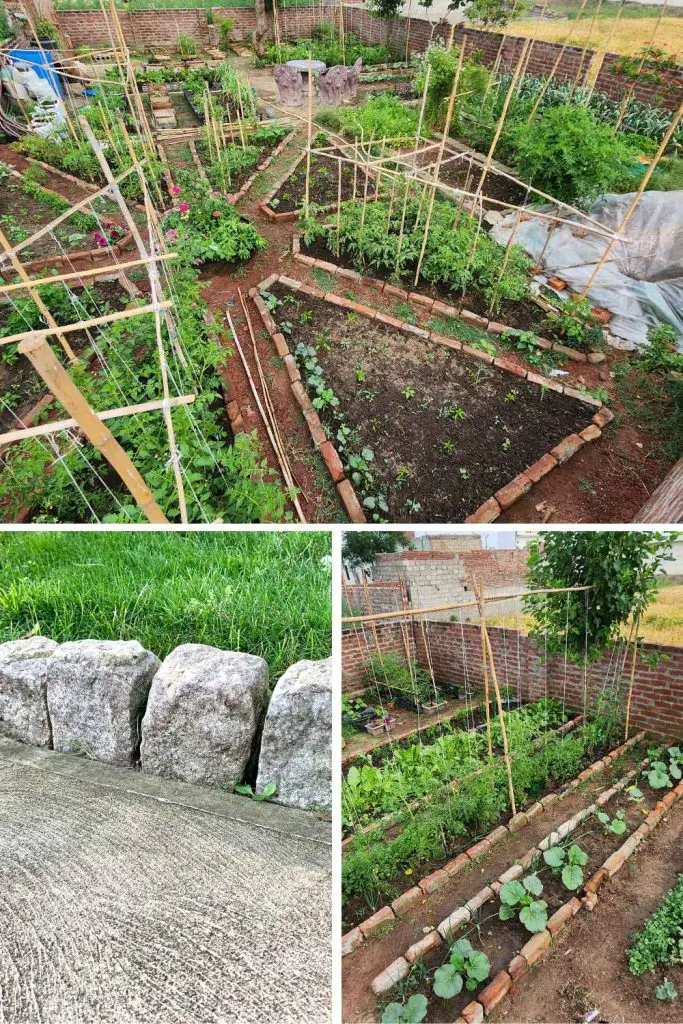
Using reclaimed wood or logs, natural stones, and upcycled bricks, you can create a classic garden border with this do-it-yourself project. Planning the edging layout, preparing the ground, laying the base, placing the edging material, compacting and filling in any gaps, and adding finishing touches are all steps in the process.
Stakes can be used to secure the wood pieces in the trench once the bricks or stones are positioned closely next to one another. Watering the area surrounding the edging will help settle it, and for a polished appearance, mulch or gravel should be placed along the border.
This project has the advantages of clearly demarcating garden areas, providing structure, and being reasonably priced. An area becomes more ordered and aesthetically pleasing when beds, walkways, and lawns have distinct borders. In addition to giving gardens a polished, ordered look, garden edging keeps mulch or grass from creeping up onto beds.
Reusing materials in your garden adds a personalized and distinctive touch while also saving money. With little money spent, you can drastically improve the appearance of your garden with this easy do-it-yourself project.
Add Mulch for a Fresh Look
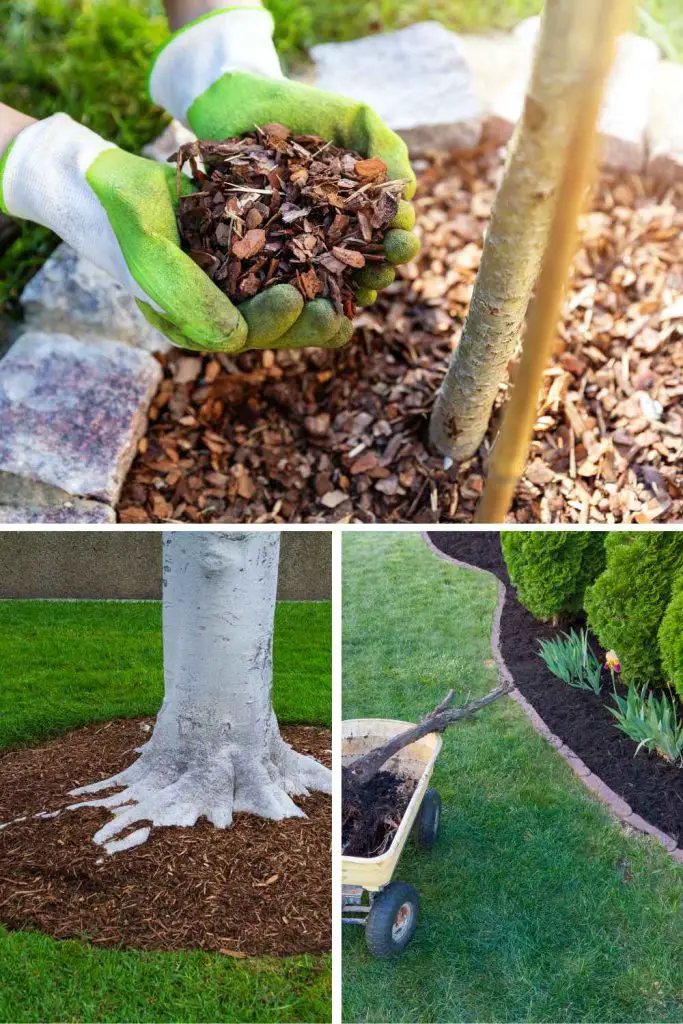
Mulch is an easy yet powerful way to update your yard, with different varieties providing different practical and visual advantages. For garden beds, bark mulch is popular because it gives the area a natural appearance and helps the soil retain moisture. Wood chips look rustic and are perfect for bigger spaces like walkways.
Since straw mulch breaks down naturally and is lightweight and easy to spread, it improves the soil. A well-applied layer of mulch encourages robust plant growth in addition to improving the appearance of the garden.
Mulch should be spread evenly by removing any weeds and debris from the area, spreading it two to three inches deep, leaving a small space around the base of plants and trees to avoid rot and pest infestation, and leveling the mulch with a rake.
Mulch can be a reasonably priced way to improve your yard, especially when purchased in large quantities. Larger quantities of garden centers’ mulch are frequently discounted, and certain localities provide mulch made from recycled yard waste or tree trimmings for free or at a reduced cost.
Create a Container Garden
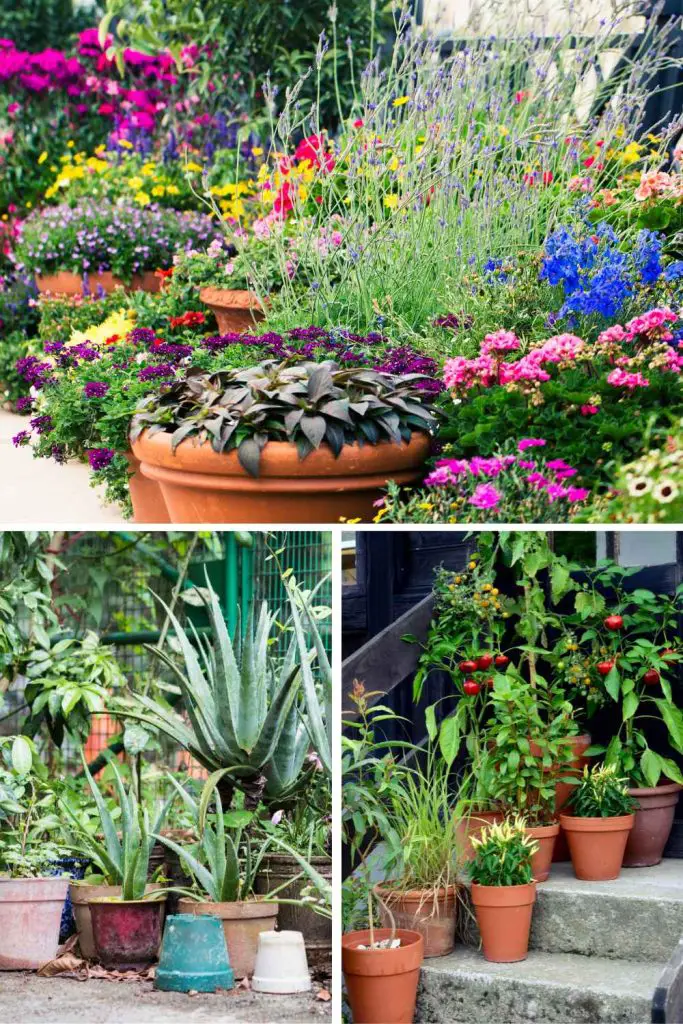
A practical and affordable way to add greenery to your patio, balcony, or yard is through container gardening. You can upcycle inexpensive items like buckets, cans, and pots to make it even more cost-effective.
Select low-maintenance plants such as succulents, compact vegetables like cherry tomatoes, peppers, and lettuce, flowering plants like marigolds, petunias, and geraniums, and herbs like basil, mint, thyme, and rosemary.
Group containers together to create a focal point in your container garden to enhance its aesthetic appeal. Make use of vertical space by arranging containers in a dynamic way by stacking or hanging them from shelves or railings, placing them strategically next to pathways or entryways, and combining different sizes, shapes, and colors.
Wheeled containers or rolling platforms that are easy to move around can be used to create mobile gardens. With little money invested, you can create a gorgeous container garden that brings greenery and beauty to your space by upcycling materials and selecting plants that are low maintenance.
Install Solar Powered Lighting
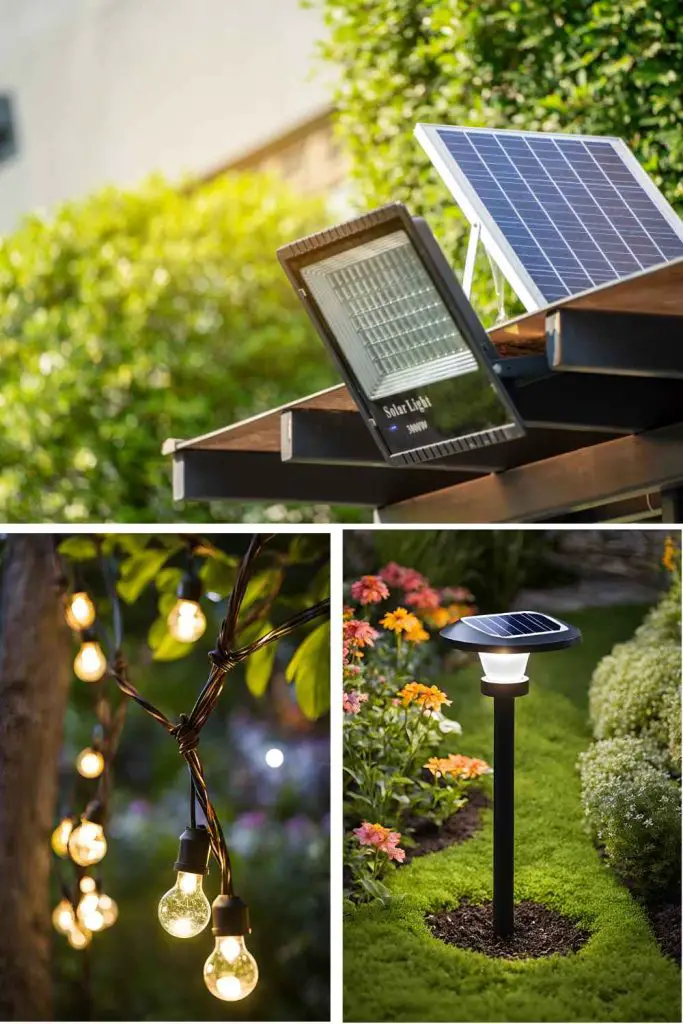
An affordable and environmentally responsible way to improve the ambiance of your yard is with solar-powered lighting. There are several kinds of lights, such as solar lanterns, solar string lights, and solar path lights. Lanterns come in a variety of designs, string lights create a festive atmosphere, and path lights offer a soft glow.
Installing them is simple because they need sunlight to charge. Set them up where there is enough sunlight, fasten them to buildings, fences, or trees, and turn them on and off with an automatic sensor or on/off switch.
Because they don’t need wiring or electricity and don’t incur additional installation or ongoing energy costs, solar lights are an affordable option.
The initial outlay is reasonable, and there are plenty of reasonably priced options at home improvement stores, garden centers, and online retailers.
Over time, solar lights prove to be an economical option due to their durability and low maintenance requirements. Solar-powered lighting is an economical and environmentally friendly choice for any yard because it can improve the aesthetics and usability of your outdoor areas while saving energy and money.
DIY Water Features
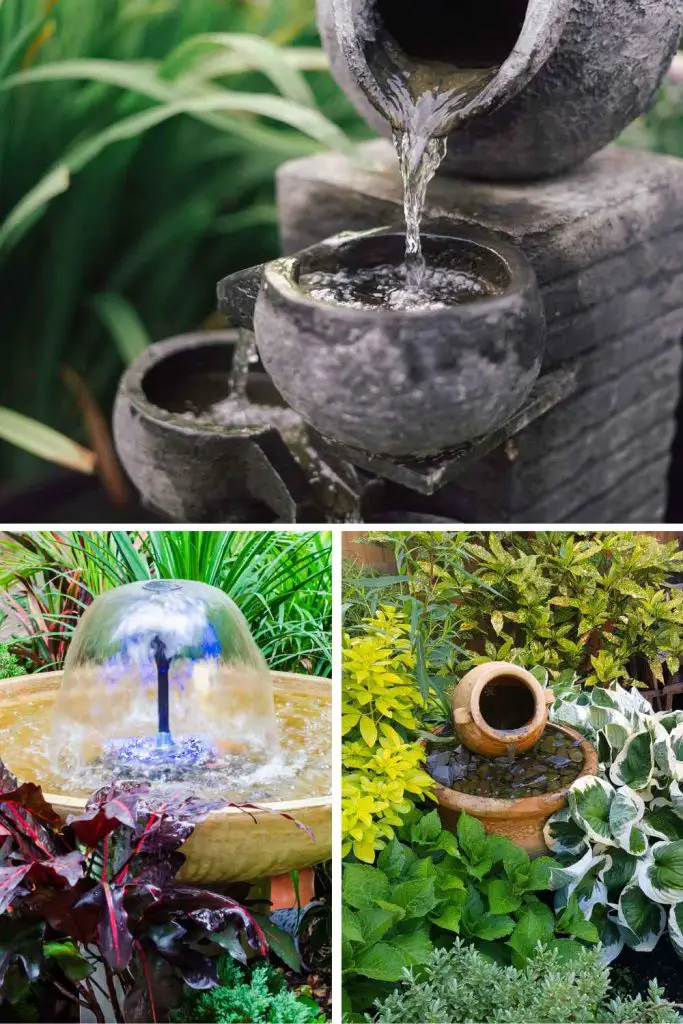
A peaceful ambiance, bird attraction, and calming sound can all be achieved with do-it-yourself water features. Small fountains, birdbaths, and water bowls are just a few of the easy and reasonably priced DIY water features that can be made.
Made from recycled materials, these features can be made with solar-powered pump kits or big bowls, pots, or basins. Your water feature’s appearance can be improved with ornamental features like stones, pebbles, or aquatic plants.
These inexpensive, yet elegant, DIY water features are a great idea. Expenses can be minimized by using reusable or recycled containers. Customizable to the size and style of your project, small pump kits are reasonably priced. Especially if you choose solar-powered pumps, these features have low setup costs and require little maintenance thereafter.
To summarize, you can stay within a modest budget and add a visually appealing and calming element to your garden by making your own water feature. A tranquil and aesthetically pleasing water feature that brings a sense of calm to your yard can be made with recycled or repurposed containers, easy pump kits, and decorative elements.
Create a Garden Path
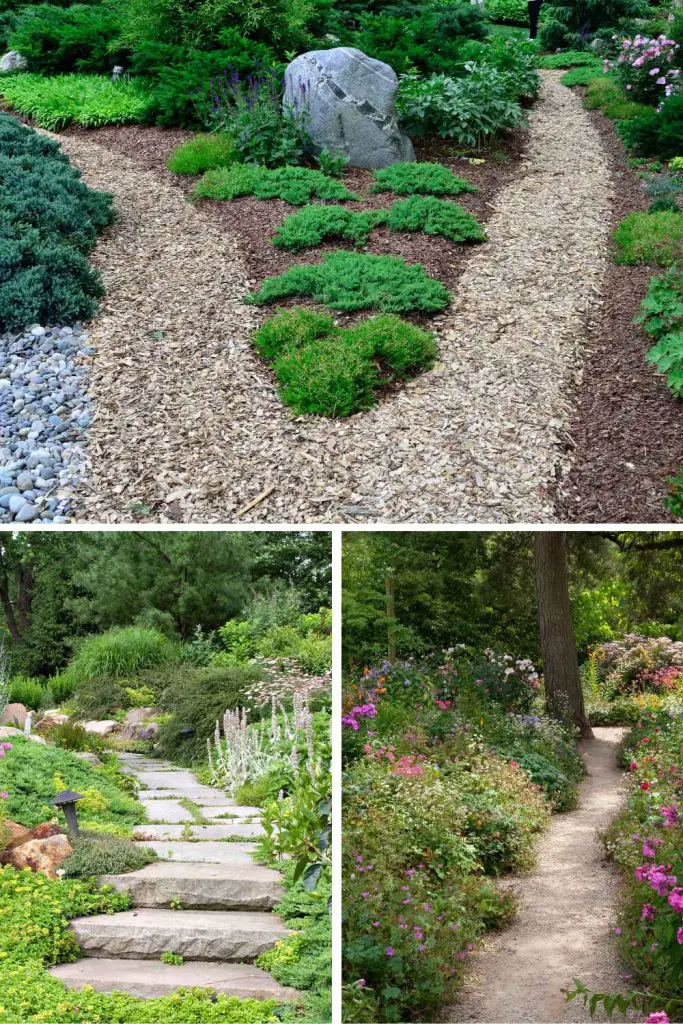
Your outdoor space can be made more functional and aesthetically pleasing with a well-designed garden path. Pick from reasonably priced materials like wood chips, gravel, and stepping stones for an organic, soft look, or a structured, ornamental path.
An important factor in the overall usability and appeal is the layout. While winding paths add charm and take visitors through various areas, straight paths are straightforward and uncomplicated.
Stepping stones are laid out in different patterns on patterned pathways, and mixed materials can be used to create a special effect. Functional domains ought to be smoothly interconnected.
The materials selected and the path’s length determine how much it will cost to create a garden path. Generally speaking, gravel is among the least expensive choices, especially when bought in large quantities.
Wood chips can frequently be obtained from nearby garden centers or tree services for little or no cost. Pre-cast concrete stones are the most cost-effective option for stepping stones. All things considered, garden paths are a practical and affordable way to improve your outdoor area.
Paint and Upcycle Garden Furniture
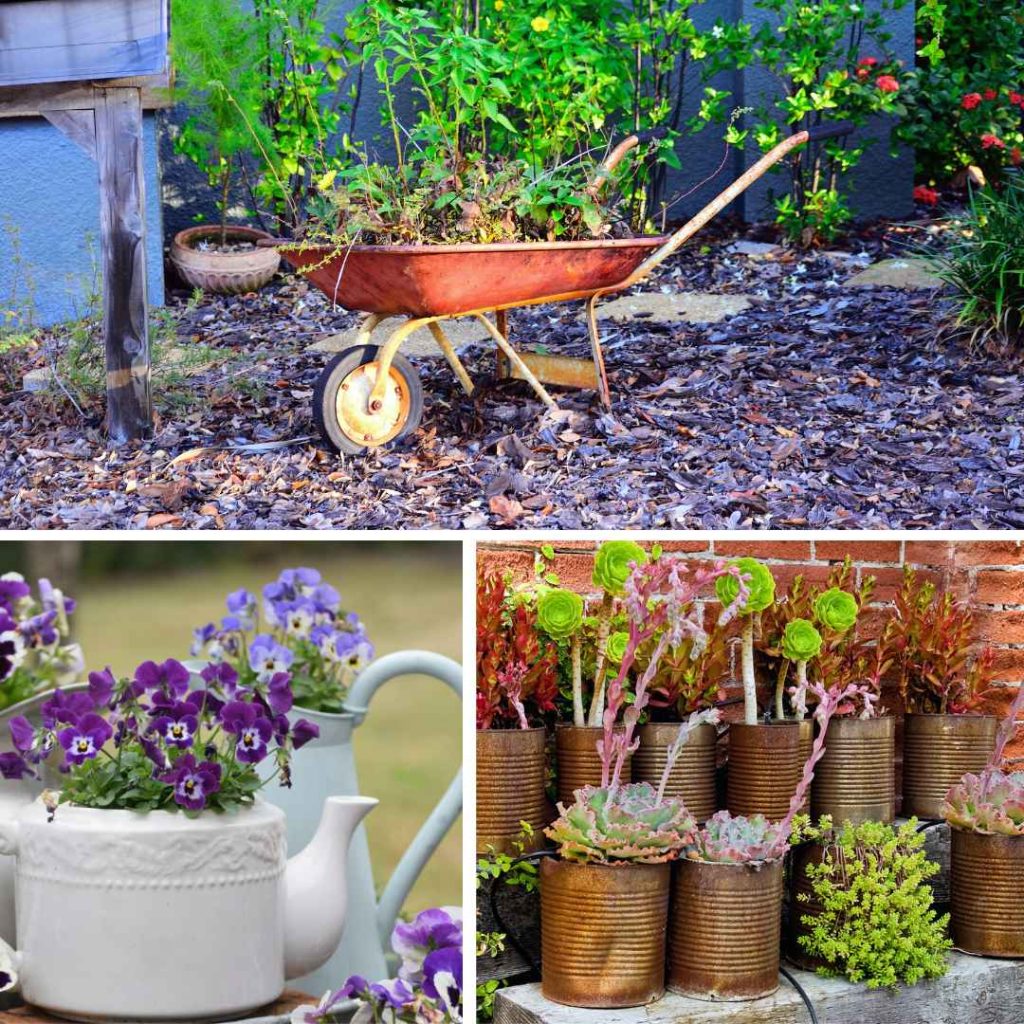
It’s possible to update outdated garden furniture while staying within a budget and having fun. The supplies needed are the fabric to update cushions or seat covers, stencils to add patterns or designs, and outdoor or chalk paint appropriate for the material (wood, metal, or plastic).
Cleaning, preparing, painting, adding stencils for decoration, replacing cushions with fresh outdoor fabric, and sealing the finish with a clear sealant or topcoat are some of the methods used to bring new life to garden furniture.
Minimal materials are needed for inexpensive upcycling of garden furniture, such as paint, stencils, leftover fabric, or reusing old curtains or linens.
Affordable paint can be purchased, and using leftover paint from earlier projects can help you save money. Stencils can be made or bought with common household items, and fabric sales or remnants can help keep costs low.
Old garden furniture can be given a new lease on life at a reduced cost by applying paint and upcycling techniques. This method not only improves your outdoor area but also fosters sustainability and artistic expression.
Add Artistic Garden Decor
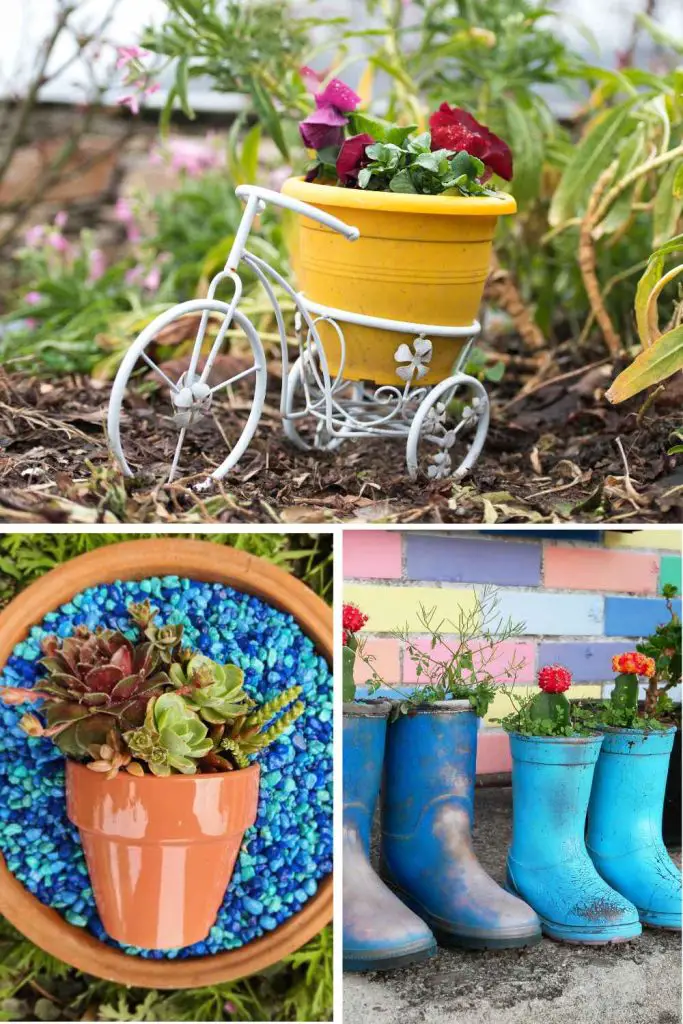
Both recycled materials and found objects can be used to create artistic garden decor. Adding patterns, designs, or messages to your garden’s stones can give it character and charm. You can make unique garden ornaments out of tin cans, plastic bottles, or old tools.
You can also make homemade wind chimes out of old keys, bottle caps, or seashells. You can find materials for these projects, such as broken pottery, old jewelry, and wooden scraps, at local or thrift stores. It’s also possible to reuse items like metal cans, glass jars, and used toys.
Because most materials can be found for little to no cost, especially if they are repurposed or obtained from recycling centers or second-hand stores, DIY garden decor is an affordable project.
Simple craft paints and brushes are affordable and durable enough for a number of projects. Basic tools, screws, and glue guns are inexpensive purchases for a variety of do-it-yourself projects.
